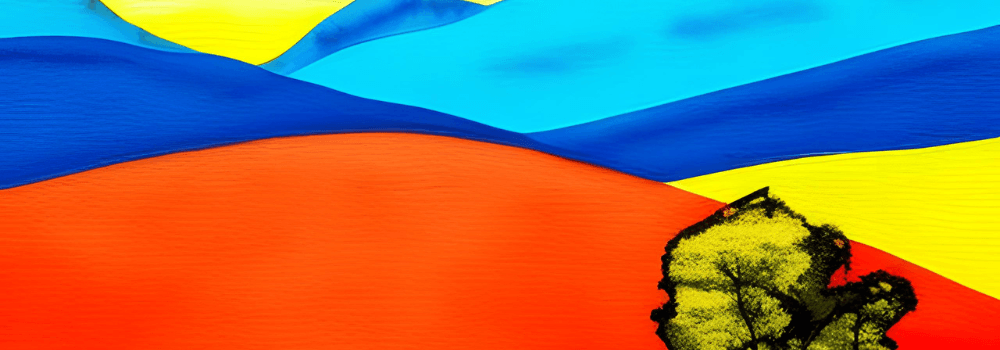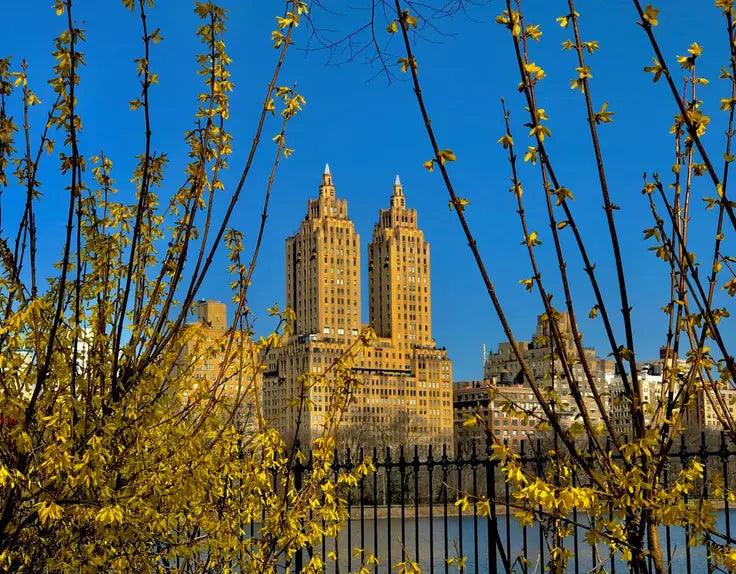Introduction to Pop Art
Art has always been a reflection of the times, and throughout history, various art styles have emerged to capture the spirit of different eras. From the intricate details of Renaissance paintings to the emotional landscapes of Romanticism, art has continuously evolved. In this article, we will delve into the fascinating world of art styles and explore the revolutionary movement known as Pop Art.
Evolution of Art Styles throughout History

To understand the significance of Pop Art, it is essential to grasp the evolution of art styles throughout history. From the ancient cave paintings of Lascaux to the classical sculptures of ancient Greece, art has taken on diverse forms across different civilizations. As societies progressed, various art movements emerged, each with its unique characteristics and influences. From the realism of the Renaissance to the abstract expressionism of the 20th century, artists continuously pushed the boundaries of creativity.
Understanding Different Art Styles

Art styles can be classified into different categories based on their characteristics, techniques, and subject matter. From the precise lines and geometric shapes of Cubism to the dreamlike landscapes of Surrealism, each style offers a distinct visual language. By understanding the different art styles, we gain a deeper appreciation for the diversity and richness of the artistic world.
Exploring Modern Art Styles

In the 20th century, art underwent a dramatic transformation with the advent of modern art styles. Artists began to challenge traditional notions of representation, experimenting with new techniques and concepts. From the bold colors and abstract forms of Fauvism to the fragmented perspectives of Cubism, modern art styles revolutionized the way we perceive and interpret art.

The Emergence of Pop Art
In the midst of the vibrant cultural landscape of the 1950s and 1960s, Pop Art emerged as a powerful artistic movement. Originating in Britain and later gaining popularity in the United States, Pop Art challenged the traditional boundaries of high art and popular culture. By incorporating elements from advertising, mass media, and consumer products, Pop Art aimed to blur the lines between art and everyday life.
Key Artists and Influences in Pop Art
Several key artists played a pivotal role in shaping the Pop Art movement. One of the most notable figures is Andy Warhol, whose iconic images of Marilyn Monroe and Campbell's soup cans became synonymous with Pop Art. Another influential artist is Roy Lichtenstein, known for his comic book-inspired paintings. These artists, along with others like Richard Hamilton and Claes Oldenburg, embraced the vibrant and accessible nature of popular culture in their works.

Characteristics of Pop Art
Pop Art is characterized by its bold colors, flat imagery, and the appropriation of mass-produced objects. By incorporating elements from popular culture, Pop Art challenged the elitism of traditional art and aimed to reach a wider audience. The use of everyday objects, celebrities, and advertising imagery became a hallmark of the movement. Through their art, Pop Artists sought to reflect and critique the consumerist society of the post-war era.

Impact of Pop Art on the Art World
The impact of Pop Art on the art world cannot be overstated. By blurring the lines between art and popular culture, Pop Art brought art out of the confines of galleries and museums and into the public sphere. It challenged the notion of what could be considered art and opened up new possibilities for artistic expression. Pop Art also influenced subsequent art movements, such as Neo-Pop and Street Art, which continue to shape the contemporary art scene.

Pop Art Movements and Timeline
Pop Art was not a singular movement but rather a collection of artists and ideas. While it originated in the 1950s and 1960s, its influence can still be seen today. The movement had its roots in the Independent Group in Britain, which explored the intersections of art, technology, and popular culture. From there, Pop Art spread to the United States, where artists like Warhol and Lichtenstein further developed the movement. The timeline of Pop Art is a tapestry of artistic innovation and cultural upheaval.

Pop Art in Popular Culture
Pop Art's influence extends far beyond the art world. Its vibrant imagery and bold aesthetic have permeated popular culture, from fashion and design to music and film. The iconic images of Pop Art have become ingrained in our collective consciousness, symbolizing the spirit of an era. The movement's impact can be seen in the works of contemporary artists, as well as in the advertising and media landscape of today.
Pop Art Collecting and Investing

As Pop Art continues to captivate audiences, it has also become a sought-after genre for collectors and investors. The works of renowned Pop Artists have achieved record-breaking prices at auctions, making them valuable assets in the art market. However, collecting Pop Art goes beyond monetary value. Owning a piece of Pop Art allows individuals to connect with a cultural movement that reshaped the art world and challenged societal norms.

Conclusion: Pop Art's Enduring Legacy
The legacy of Pop Art endures to this day, with its impact reverberating throughout the art world and popular culture. By challenging the boundaries of art and embracing the aesthetics of popular culture, Pop Art revolutionized the way we perceive and appreciate art. Its bold imagery and vibrant colors continue to captivate audiences, reminding us of the power of art to reflect and shape society. Whether it is in museums, galleries, or our everyday lives, Pop Art continues to inspire and provoke us, revealing the secrets of an artistic revolution.









Leave a comment
All comments are moderated before being published.
This site is protected by hCaptcha and the hCaptcha Privacy Policy and Terms of Service apply.